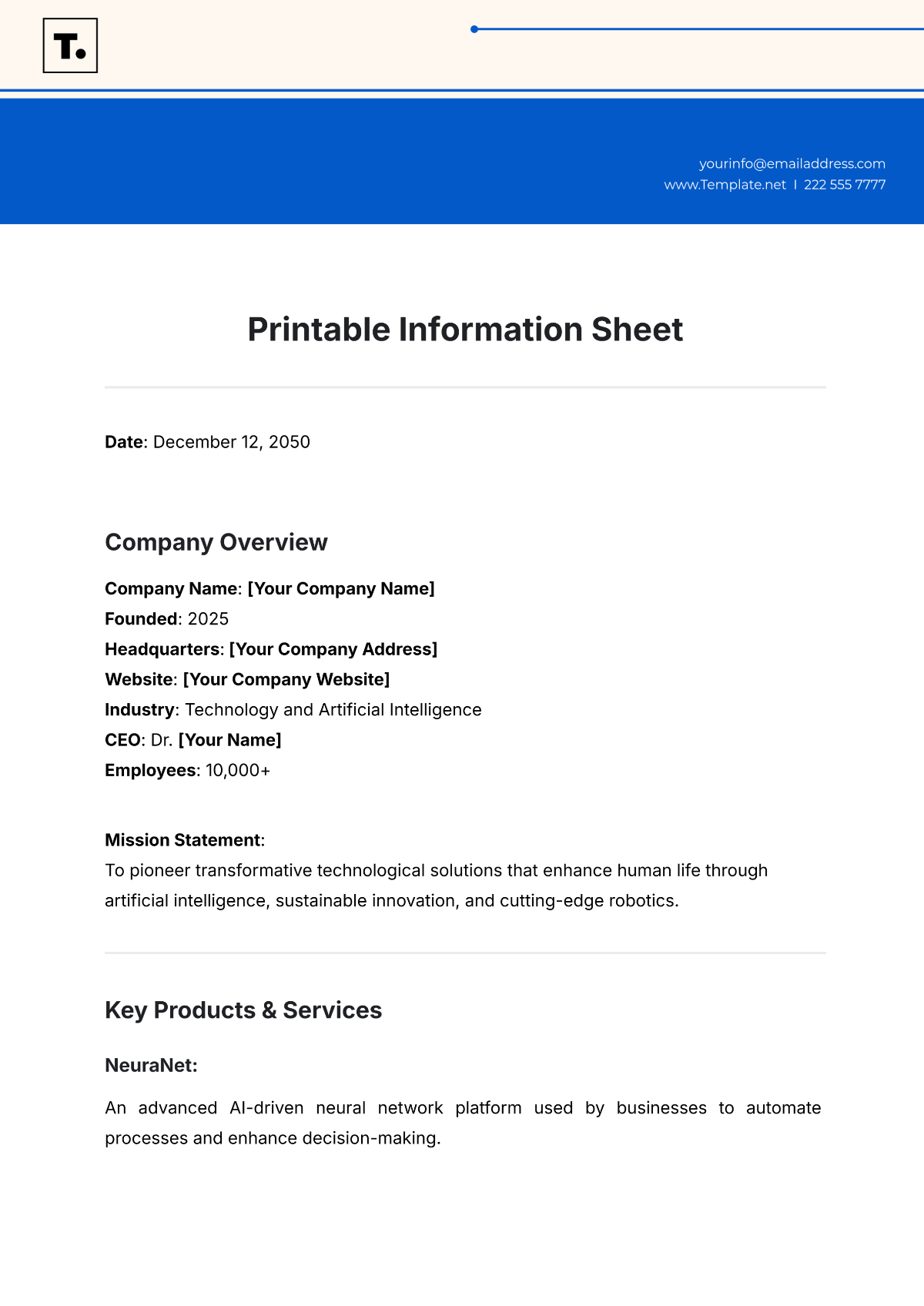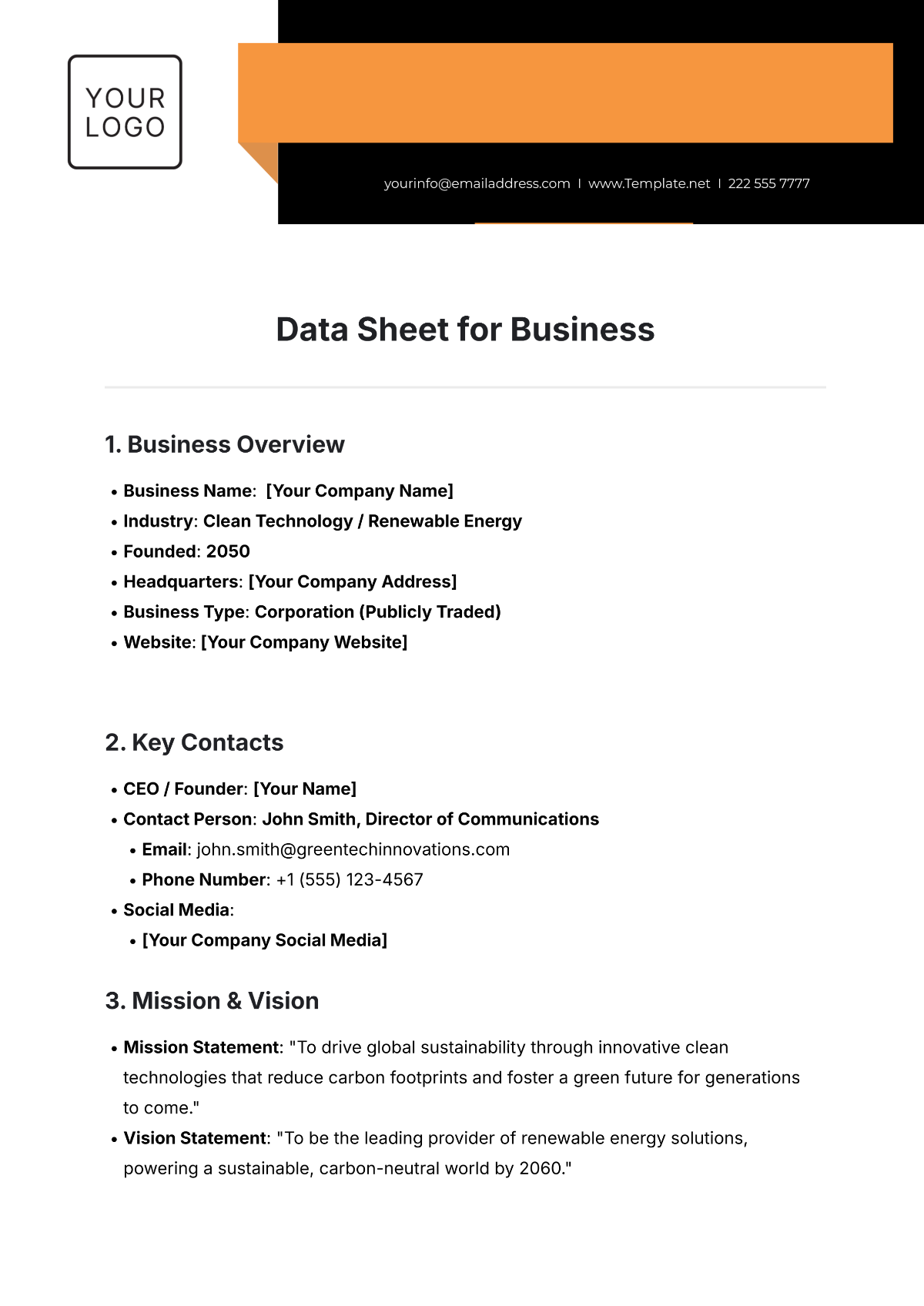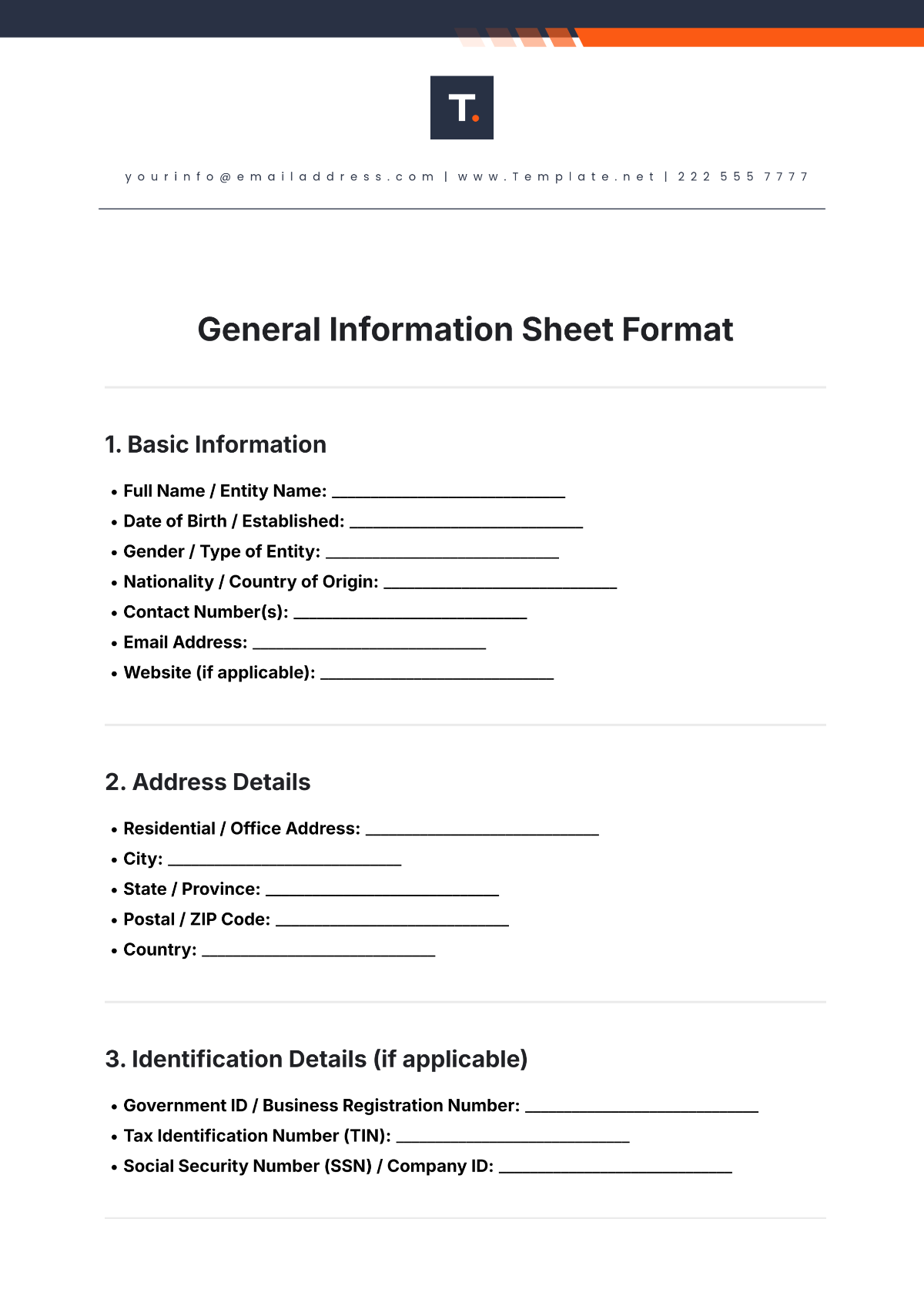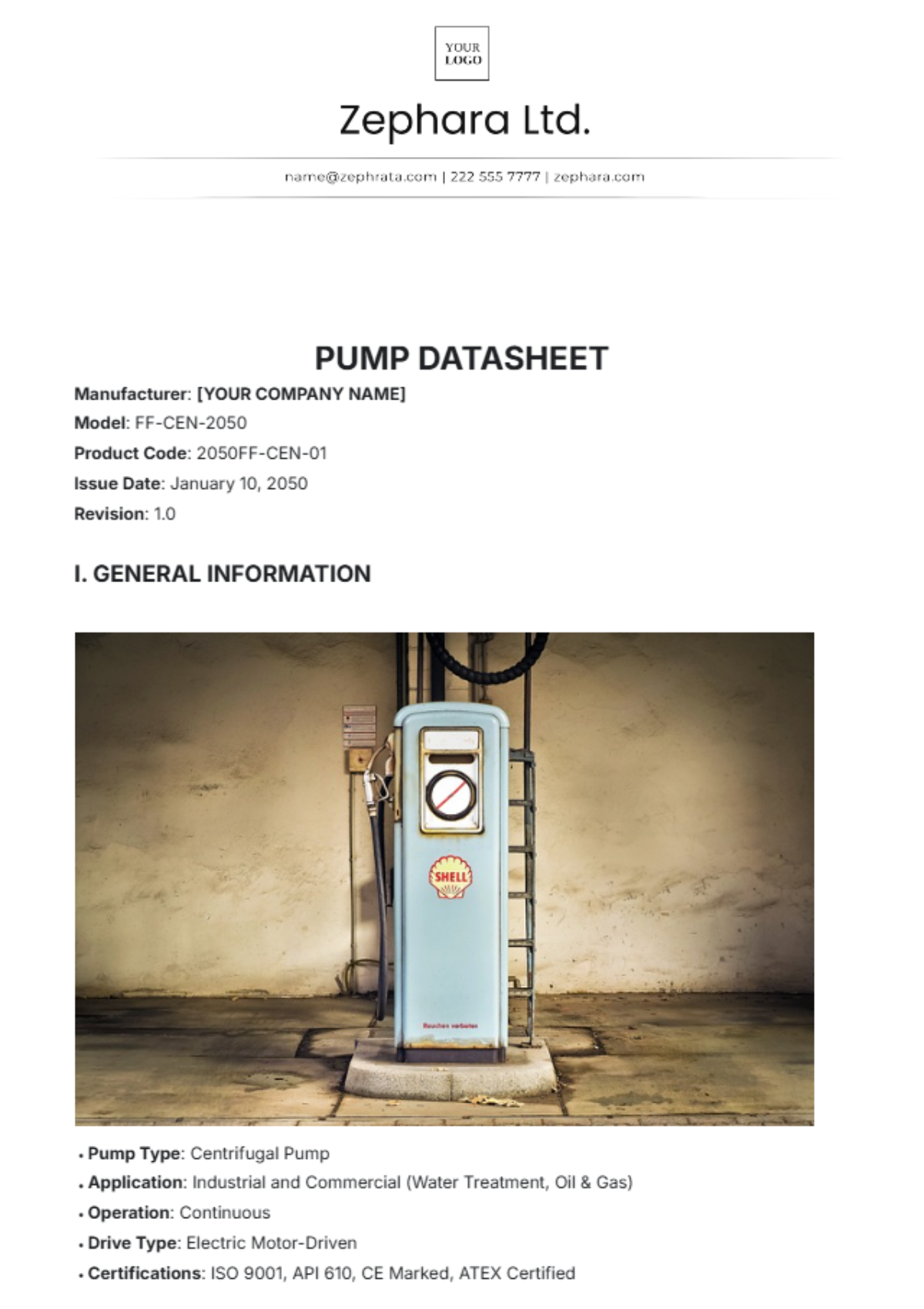VAPING FACT SHEET
Prepare by: [Your Name]
Email: [Your Email]
I. INTRODUCTION
Vaping, which is interchangeably referred to as e-cigarette use, has begun to grow in popularity and become a regular activity, particularly among the younger generation. To educate the public about the encompassing topic of vaping, this Fact Sheet has been constructed. It offers an in-depth examination of the potential hazards that may arise as a result of vaping, the impact it can have on the individual, and important statistics pinpointing the scale of vaping's popularity. More specifically, these points have been curated with an emphasis on the implications for public health, forming the primary concern addressed in this Fact Sheet.

II. OVERVIEW
The practice of vaping consists of the act of taking in, or inhaling, and then subsequently releasing, or exhaling, a type of aerosol frequently referred to as vapor. The vapor in question is produced by a specific type of device, most commonly an electronic cigarette, although other similar devices can also create the same effect. One of the characteristic components of these electronic devices, which play a significant role in the process of vaping, is a particular type of liquid solution. This solution is typically referred to as e-liquid or vape juice, and it is this liquid that the device heats up to generate the vapor that the user inhales and exhales during the act of vaping.

III. HEALTH RISKS ASSOCIATED WITH VAPING
A. Chemical Exposure
Vaping exposes users to harmful chemicals, including nicotine, heavy metals like lead and cadmium, and volatile organic compounds (VOCs).
Nicotine addiction poses significant health risks, especially for adolescent users whose brains are still developing.
B. Respiratory Effects
Vaping can lead to respiratory issues such as coughing, wheezing, and exacerbation of asthma symptoms.
Serious lung injuries, including EVALI (e-cigarette or vaping product use-associated lung injury), have been linked to vaping.
C. Cardiovascular Risks
Nicotine in e-cigarettes can elevate heart rate and blood pressure, increasing the risk of cardiovascular diseases such as heart attack and stroke.
D. Long-Term Health Implications
While the long-term effects of vaping are still being studied, evidence suggests it may increase the risk of respiratory diseases, cardiovascular diseases, and adverse pregnancy outcomes.

IV. IMPACT ON YOUTH
A. Youth Vaping Epidemic
The surge in vaping among youth has reached alarming levels, prompting concerns from health authorities worldwide.
Marketing tactics, appealing flavors like fruit and candy, and peer pressure contribute to the popularity of vaping among young people.
B. Nicotine Addiction
Adolescent brains are particularly susceptible to nicotine addiction, which can lead to lifelong dependence and associated health risks.
C. Gateway to Tobacco Use
Studies indicate that youth who vape are more likely to experiment with traditional tobacco products like cigarettes, cigars, and hookah.
V. PUBLIC HEALTH CONCERNS
A. Regulation and Policy
Governments and health organizations are advocating for stricter regulations to limit youth access to e-cigarettes and flavored vape products.
Bans on flavored e-cigarettes and restrictions on marketing practices are being implemented or considered in various jurisdictions.
B. Educational Initiatives
Public health campaigns are essential to educate youth and parents about the dangers of vaping and promote smoke-free lifestyles.
School-based prevention programs and community outreach efforts play a crucial role in raising awareness and preventing vaping initiation.
C. Healthcare Interventions
Healthcare providers have a responsibility to screen for vaping and provide evidence-based counseling and resources for cessation.
Integration of vaping cessation services into routine clinical practice can help address the public health impact of vaping.
VI. QUANTITATIVE INFORMATION
A. Prevalence of Vaping
According to the National Youth Tobacco Survey, 78% of high school students have tried vaping.
From 2050 to 2052, there has been an 86% increase in vaping among adolescents.
B. Health Impacts
2,781 Cases of EVALI were reported nationwide in 2052, highlighting the acute health risks associated with vaping.
VII. FREQUENTLY ASKED QUESTIONS
Q1: What is vaping?
Vaping, short for vaporizing, refers to the act of inhaling and exhaling aerosol, often referred to as vapor, produced by an electronic cigarette (e-cigarette) or similar device. These devices heat a liquid solution known as e-liquid or vape juice to create the vapor.
Q2: Is vaping safer than smoking traditional cigarettes?
While some individuals may perceive vaping as a safer alternative to smoking traditional cigarettes, it is not without risks. Vaping still exposes users to harmful chemicals, including nicotine and other toxic substances. The long-term health effects of vaping are still being studied, but evidence suggests it may have adverse health impacts.
Q3: Why is vaping particularly concerning for youth?
Vaping among youth is concerning due to several factors, including the risk of nicotine addiction, potential gateway to tobacco use, and adverse effects on adolescent brain development. Marketing tactics, appealing flavors, and social influences contribute to the popularity of vaping among young people.
Q4: What measures are being taken to address the youth vaping epidemic?
Governments and health organizations are implementing stricter regulations to limit youth access to e-cigarettes and flavored vape products. These measures include bans on flavored e-cigarettes, restrictions on marketing practices, and educational initiatives aimed at raising awareness about the risks of vaping.
Q5: How can individuals quit vaping?
Quitting vaping can be challenging, but there are resources and support available. Healthcare providers can offer evidence-based counseling and cessation services to help individuals quit vaping. Additionally, support groups, helplines, and online resources can provide assistance and encouragement throughout the quitting process.
VII. CONCLUSION
It has become increasingly clear that vaping constitutes a significant threat to public health. This is especially true when considering the well-being of our youth. The risks related to this rising trend are vast and demand a multifaceted strategy to counteract them effectively. This should not only focus on prevention measures, but it should also take into account the necessary means of intervention. This cannot be done by any one organization or entity alone, instead, it calls for partnership, cooperation, and synergy among all relevant stakeholders. Indeed, a collaborative strategy is obligatory to tackle this burgeoning epidemic head-on and safeguard the welfare of future generations.
















































